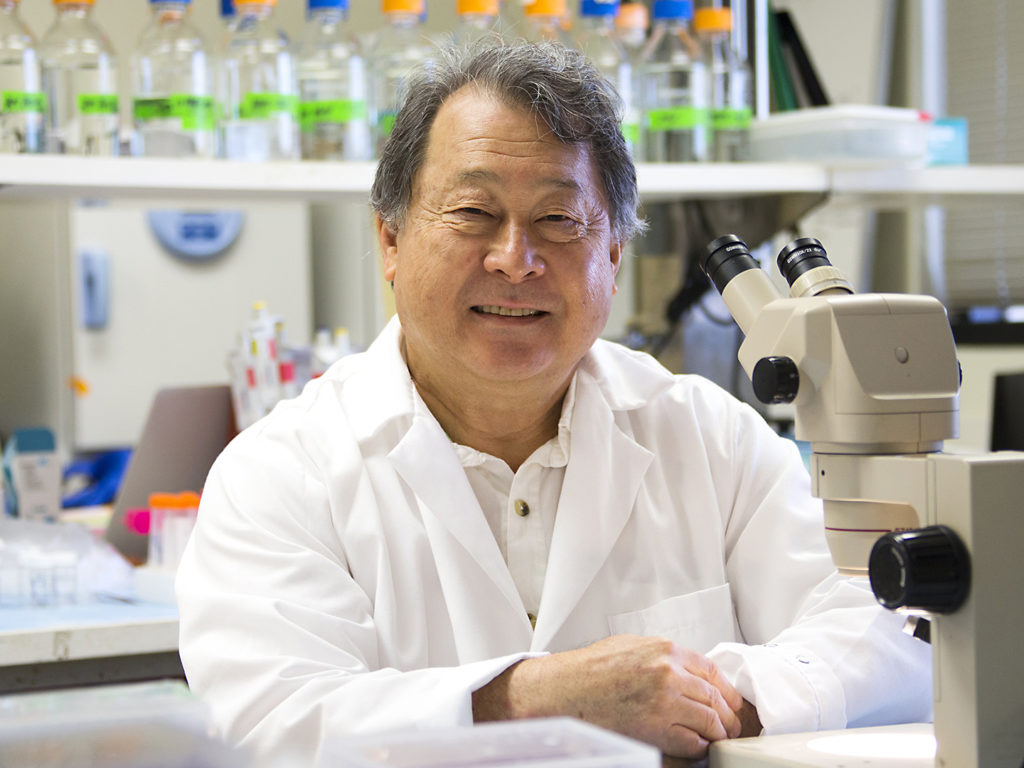Limb regeneration: A&M research challenges long-held beliefs

Professor Ken Muneoka, Texas A&M College of Veterinary Medicine & Biomedical Science, is no stranger to disrupting the field of regeneration.
In a 2019 ground-breaking publication in Nature, Muneoka proved for the first time that joint regeneration in mammals was possible. Now, his team is again challenging other centuries-old beliefs about the fundamental science of the field, this time related to how mammals might regenerate damaged parts of the body.
In humans, the natural ability to regenerate is limited to tissues like the epidermis, the outermost layer of skin, and some organs, such as the liver.
Other species, most notably salamanders, can regenerate complex structures such as bones, joints, and even entire limbs. As a result, scientists have been studying these species for more than 200 years to try to understand the mechanisms behind limb regeneration in the hopes of someday translating those mechanisms to induce more extensive regeneration in humans.
That research has led to a common belief that the single biggest key for limb regeneration is the presence of nerves.
While that may be true for salamanders and other species, it isn’t the case in mammals, according to two of Muneoka’s recently published studies. The first study, published last year in the Journal of Bone and Mineral Research, established that mechanical loading (the ability to apply force to or with an affected area) is a requirement for mammals. The second, published earlier this year in Developmental Biology, established that the absence of nerves does not inhibit regeneration.
Together, these findings present a sizeable shift in the thinking of how regeneration could work in human medicine.
“What these two studies show counteracts the two-century-old dogma that you need nerves to regenerate,” Muneoka said. “What replaces it in mammals is that you need mechanical loading, not nerves.”

